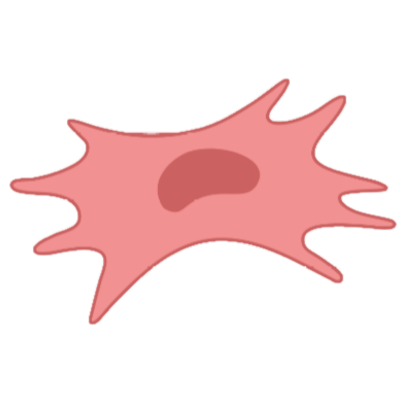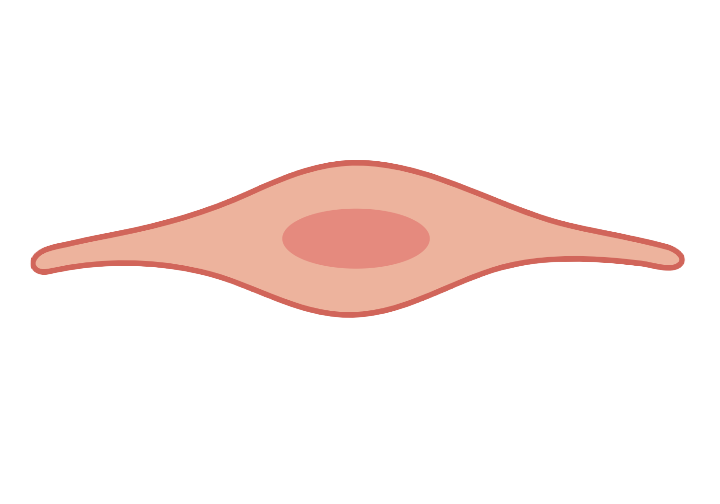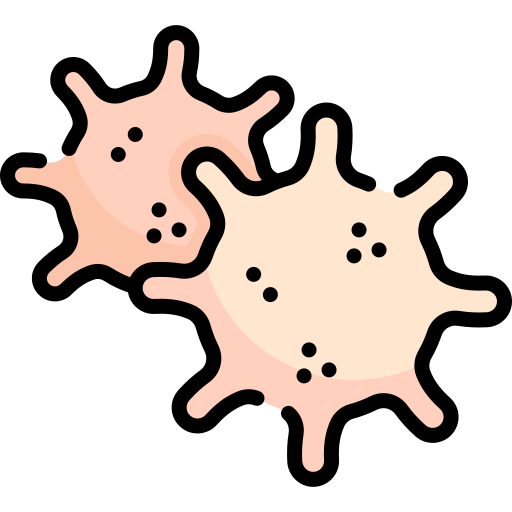For Patients
Autologous Therapies 101
Autologous therapies are medical treatments that use a patient's own cells or tissues to repair, replace, or regenerate damaged or diseased tissue. Your physician may opt to use an autologous therapy in your treatment. This may include Platelet Rich Plasma (PRP) or PRP from Concentrated Bone Marrow Aspirate (cBMA).

Platelet Rich Plasma
Depending on your medical need, your physician may recommend a PRP treatment. PRP can be used by your doctor as a surgical or non-surgical therapy to signal your body’s natural healing potential.
What is Platelet Rich Plasma?
PRP is a mixture of concentrated platelets and white blood cells derived from your own blood and/or bone marrow.
The cellular components from your blood include1
Platelets
Carry proteins and other molecules important for healing damaged tissue
White Blood Cells (WBC)
Support the growth or repair of new tissue while helping to fight infection
Red Blood Cells (RBC)
Helps to bring oxygen to new tissue so it can live
Plasma
Contains electrolytes and proteins important for healing damaged tissue
The cellular components from your bone marrow include1,2,3

Mesenchymal Stem Cells (MSC)
Have the ability to transform into different tissue forming cells

White Blood Cells (WBC)
Help support the growth or repair of new tissue while helping to fight infection

Endothelial Stem Cells
Stimulate the formation of new blood vessels and create vascularization

Platelets
Carry proteins and other molecules important for healing damaged tissue
PRP – Whole Blood vs. Bone Marrow
Whole blood contains a large number of platelets, that according to studies may be beneficial in the healing process when concentrated into PRP8. There are also other molecules in your plasma which help fight inflammation and the progression of tissue damage. Known applications for PRP from whole blood include soft tissue injuries such as muscle tears4 and tendonitis5.
Cells that are found in your bone marrow can help new bone, cartilage, and soft tissue to form. Bone marrow also contains platelets, which store signaling molecules that these cells need in order to perform their duty. Known applications for PRP from concentrated bone marrow include osteoarthritis6 and degenerative disc disease7.
How is PRP Made?
Prior to your procedure, a small sample of blood and/or bone marrow is drawn from your vein, hip, or lower extremity. The blood and/or bone marrow is placed in a specialized centrifuge that will separate and concentrate your body’s own natural healing agents. This process takes less than 20 minutes.

